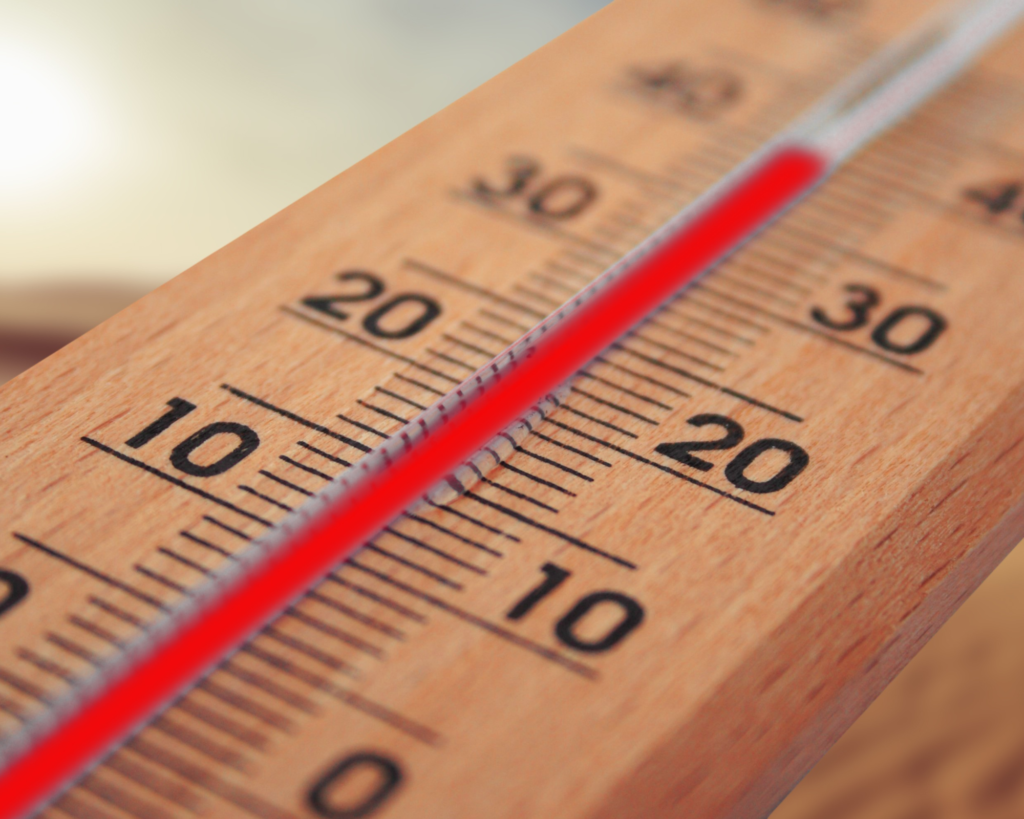Introduction
In the world of culinary art and gastronomy, precision is paramount. Not only does it make the difference between a perfectly cooked meal and a culinary disaster, but it also plays a critical role in ensuring food safety. When it comes to achieving both these objectives, kitchen thermometers emerge as the unsung heroes of the kitchen. The United States Department of Agriculture (USDA) offers a comprehensive resource on kitchen thermometers and food safety basics, shedding light on their importance in ensuring that the food we prepare is not only delicious but also safe to eat. In this blog post, we will explore the significance of kitchen thermometers, their types, and the guidelines offered by the USDA to promote food safety.

Why Kitchen Thermometers Matter
- Precision in Cooking: Achieving the perfect degree of doneness, whether for meats, poultry, or baked goods, often hinges on temperature. Without accurate temperature control, the risk of undercooking or overcooking is significant. Kitchen thermometers provide the precision necessary for achieving culinary excellence.
- Food Safety: Beyond culinary perfection, food safety is paramount. Improperly cooked food can carry harmful pathogens, leading to foodborne illnesses. Kitchen thermometers play a pivotal role in ensuring that food is cooked to safe temperatures that kill these pathogens, making it fit for consumption.
- Consistency: For those who take their cooking seriously, consistency is key. Whether you’re a professional chef or a home cook, kitchen thermometers help maintain consistency in the results you achieve, ensuring that every meal is as good as the last.
Types of Kitchen Thermometers
The USDA’s resource provides insights into various types of kitchen thermometers, each with its unique features and applications. Let’s explore some of the common types:
- Digital Instant-Read Thermometers: These are versatile and provide quick, accurate readings. They are suitable for a wide range of foods, including meats, poultry, and baked goods. Their digital display makes them user-friendly.
- Oven-Safe Thermometers: Designed to withstand high oven temperatures, these thermometers can remain in the food as it cooks. This type is especially useful for roasts and other dishes that require slow cooking.
- Candy or Deep-Fry Thermometers: These are designed to withstand extremely high temperatures and are ideal for candy-making and deep-frying. They ensure precision when working with hot sugar syrups and oils.
- Probe Thermometers: Probe thermometers are equipped with a long, heat-resistant probe that can be inserted into the food while it cooks. They are often used for roasts, poultry, and other large cuts of meat.
- Thermocouple Thermometers: These are highly accurate and offer rapid temperature readings. They are popular among professional chefs due to their precision and speed.
- Disposable Temperature Indicators: These are often single-use, color-changing strips or tabs that indicate when a specific temperature has been reached. They are commonly used in the foodservice industry for bulk cooking.
USDA Guidelines for Safe Cooking Temperatures
One of the most valuable aspects of the USDA’s resource is its extensive guide on safe cooking temperatures for various foods. Here are some key recommendations:
- Beef, Pork, Veal, and Lamb: For whole cuts, the safe minimum internal temperature is 145°F (63°C). Ground meats, including burgers and sausages, should be cooked to at least 160°F (71°C).
- Poultry: All poultry, including chicken and turkey, should be cooked to a minimum internal temperature of 165°F (74°C).
- Seafood: Fish should reach an internal temperature of 145°F (63°C), while shellfish like shrimp, crab, and lobster should be cooked until they turn opaque and their shells turn red.
- Eggs: When making dishes with eggs, like quiches or casseroles, ensure that the internal temperature reaches 160°F (71°C).
- Ground Meats: Ground meats, like beef and pork, should be cooked to at least 160°F (71°C, regardless of the cut or type of meat.
- Leftovers: When reheating leftovers, ensure they reach a minimum temperature of 165°F (74°C) to kill any potential pathogens.
The Role of Kitchen Thermometers in Food Safety
Kitchen thermometers are invaluable tools in ensuring food safety. The USDA resource emphasizes their significance in preventing foodborne illnesses by making sure that food reaches the recommended safe temperatures.
- Preventing Undercooking: Undercooking is a common risk, especially with meats and poultry. Kitchen thermometers provide the means to check that food has reached the minimum safe temperature to kill harmful bacteria.
- Preventing Overcooking: On the flip side, overcooking can lead to dry and unappetizing dishes. Kitchen thermometers help you achieve the perfect level of doneness without overcooking.
- Consistency: For culinary enthusiasts, consistency is a hallmark of expertise. Kitchen thermometers ensure that your dishes turn out consistently delicious and safe every time.
- Minimizing Guesswork: With a thermometer in hand, there’s no need to rely on guesswork, intuition, or the “poke and hope” method. You can cook with confidence, knowing that you are following precise temperatures.
- Enhancing Culinary Skills: For aspiring chefs and home cooks looking to elevate their culinary skills, mastering the use of kitchen thermometers is a fundamental step.
Conclusion
In the world of culinary arts, precision and food safety are non-negotiable. Kitchen thermometers are the tools that bridge the gap between a perfectly cooked meal and a potential health hazard. The USDA’s resource on kitchen thermometers and food safety basics serves as a valuable guide for chefs and home cooks alike. By understanding the types of thermometers available, following the recommended safe cooking temperatures, and making use of these tools in the kitchen, you not only ensure that your meals are delicious but also safe to savor. So, remember, when in doubt, use a kitchen thermometer to make your culinary journey a safer and more delightful one.

